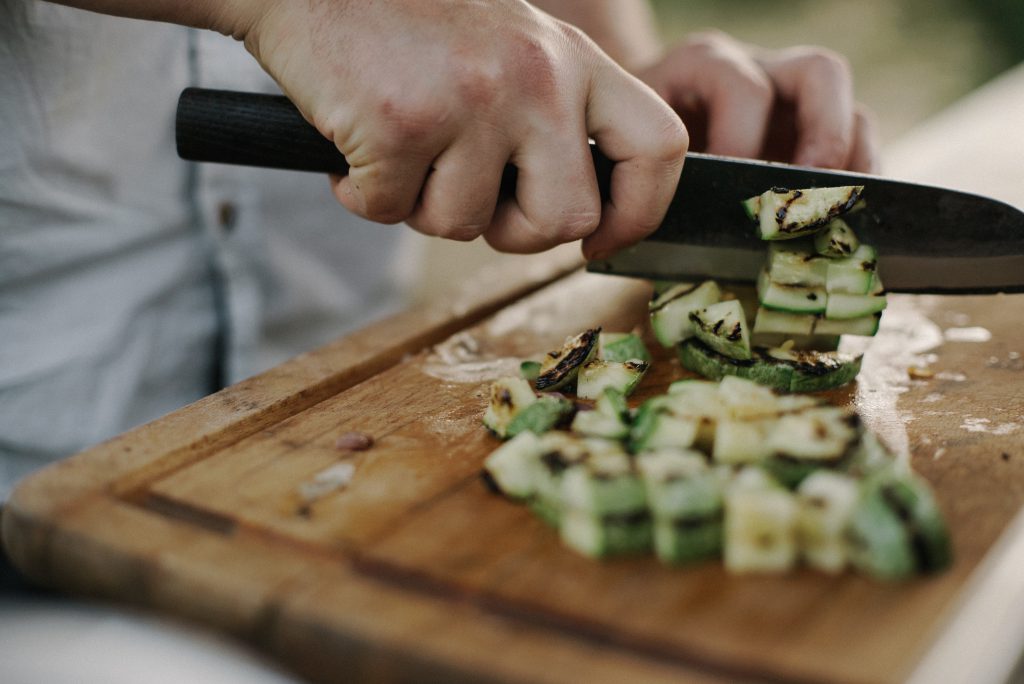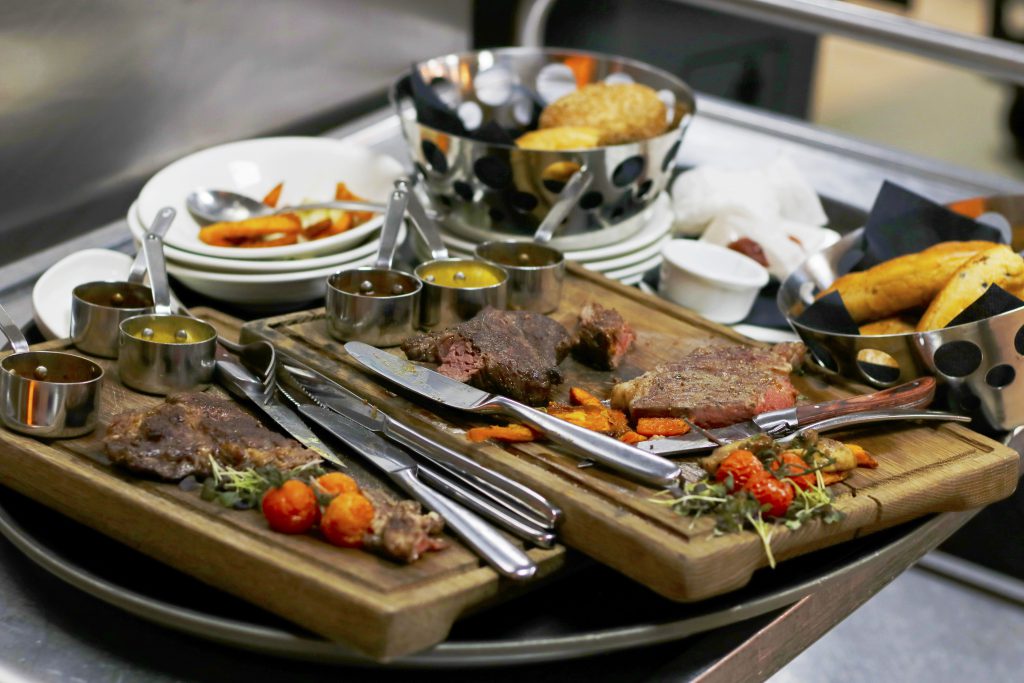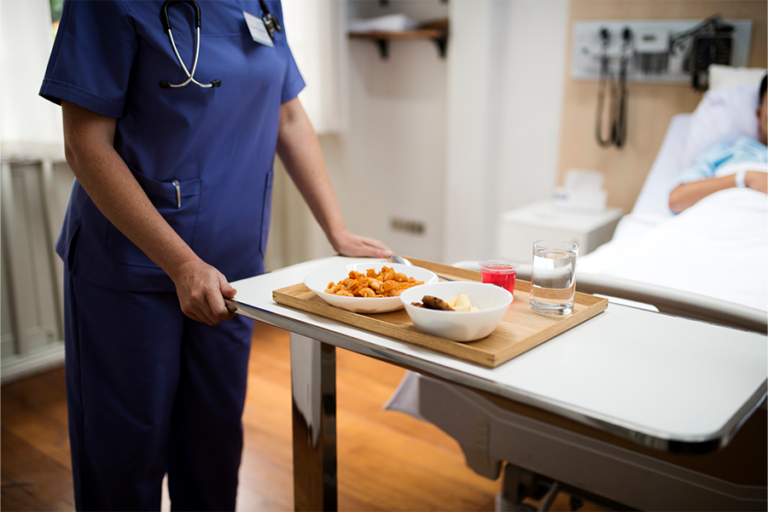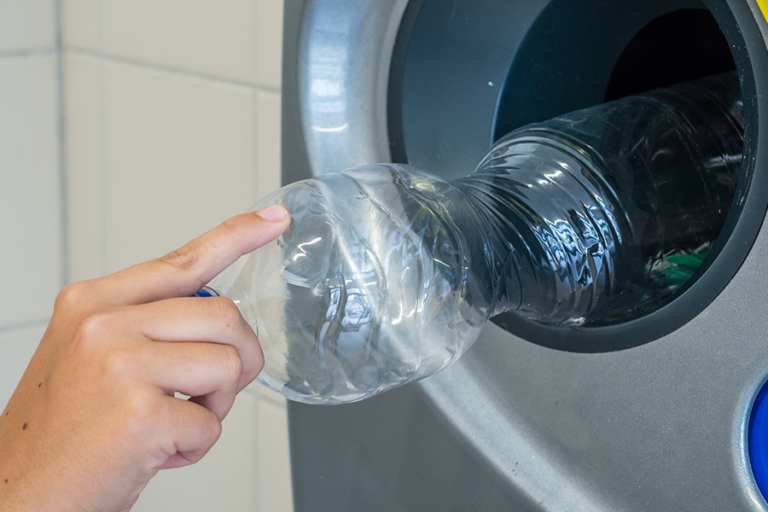Knowing your costs and the factors which impact your profit margins is critical – this knowledge ensures that you are in control throughout each financial period, and you know where your margin is heading.
In this article, Simon Gurney, Procurement Manager at Pelican with 12 years of experience as a chef, shares his expertise on how to effectively manage food gross profit. Read on for an overview of areas often overlooked, practical tips, simple monitoring tools and opportunities to improve. Importantly, Simon also explains how Pelican’s Pi system cuts manual processes, saving you and your team a huge amount of time.
If a chef’s role was to be defined in very few words, it might be said that the job is to provide good, safe food for the establishment at which they are employed. But in recent years it has changed from not simply buying and making good food, but rather it has become about making money from the food that you buy and cook. That difference between cost and nett selling price – gross profit – can be measured in cash margin or as a percentage margin.

This is an interesting question because the old adage is that “you can’t bank a percentage”; however, many businesses target a percentage GP as the main KPI each month. It is an area worthy of deeper thought in public catering. After all, is it preferable to sell 100 steaks a week at £20.50 for £12 nett gross profit (cash) each, or to sell 50 at £25 and 76% gross profit margin – because making a percentage is the KPI?
In the first example you would make £1,200 gross profit and in the second you would make £750.
Practical steps
However, this cash versus percentage debate is likely to be a corporate decision, so on a local and daily basis what are some key areas to help manage gross profit – and more importantly what are the practical steps to take?
First get your team onboard and tuned in to financial performance. Be aware of the impact of expenditure in your own business. As a quick rule of thumb, whatever your monthly revenue is, divide that by 100 and you will know the effect in £s and %s on your GP.
As an example, if your monthly revenue is £30,000 then every £300 you spend, or indeed save, is worth one percentage point on the GP. This kind of information can be broken down into chunks which are easier to understand in the operation.
So, if you wanted to target a two-percentage point increase on the GP this month you could target your team with a £600 saving in the month, broken down into £20 a day and then even further into £7 per service. This way when you see two loaves of bread, a kg of sausages and a tin of beans left over from breakfast you can see how that roughly adds up to that day’s £7 breakfast cost reduction. Of course, there is always some natural wastage but it’s a useful focus tool. There are three main influences on GP – price, quantity and revenue. If you influence any of them, a change will occur to the GP of a dish:
- Price – the cost of the ingredients
- Quantity – The amount of the ingredients produced and consumed
- Revenue -the money received, nett of VAT, to produce the menu
Five areas to take action
In practical terms, here are five areas in which to consider taking action, working through the issues and taking practical action. Beneath each of these, we’ve added the Pelican solution, using our online management tool, Pelican Pi:
1. Deliveries
Picking and packing errors happen, so you need to have a system in place for checking and signing.
- Check your deliveries to make sure you receive what is on the invoice
- Check the prices are what is agreed
- Check the quantities match what you ordered to avoid ‘over-deliveries’ e.g. specified 2 x 4kg striploins and received 2 x 5kg.
How Pi can help:
There are two ways that Pi can help, depending on how you like to work. Entry Level allows your team to check the electronic invoice against the paper delivery note and mark the invoice as reconciled. This means you can order the goods however you wish – but still check that you’re only being invoiced for what has been received. Pelican Procurement Managers will be checking the price of the invoiced products and raising credit requests on your behalf if there is an overcharge.
Advanced features available include full Purchase to Pay functionality in which you can send your order to the supplier, then “book in” the deliveries. Any quantity difference will be highlighted, and you are able to raise a credit request.
2. Costings
Dish costings serve multiple needs apart from the obvious cost per dish. Apart from calculating margin, use the costing to engineer the recipe and achieve greater profitability.
- Make sure that recorded costings match what is actually going onto the plate – we call that ‘Paper to Plate’ checking. Get your teams to bench-test the dishes coming out of their sections and make adjustments so you can amend the costings – or even review and change the ingredients.

- Portion control – if you have the skills and yield knowledge to prepare meat and fish in house it can be a good way to maximise margin through careful use of off-cuts and by-products. If those skills, or time, are not available then it may be preferable to buy an item cut to specification by the supplier at a nett price.
- Review your ingredients and work out the impact of using a less expensive alternative if it is appropriate.
How Pi can help:
Pi has a fantastic menu management module called Piranha which gives you the ability to build your recipes online and share internally. You can set either a retail price, or desired GP % and as you add or amend ingredient quantities you will see both the cost per portion and the GP being adjusted accordingly. As costs for the ingredients increase and decrease overtime (or seasonally), Piranha will automatically keep the cost per dish up to date. As recipes can be assigned to menus, categories, or tagged, you are able to run a report at anytime to check that the recipes currently in use are still achieving your desired GP – and take action if needed in order to protect your profit.
3. Wastage
Log wastage to identify trends, not to apportion blame. Wastage includes cooking mistakes, produce going bad, over-ordering, over-delivery and over-production. Don’t always think a dish is not over-produced because you can always give it to the staff because a) the cost of it might be more than the dish intended for staff and b) do you replace a staff dish with the overproduced one?

- Implement more efficient production. For example, if every morning after breakfast there are 20 croissants left over, then reduce the quantity you purchase, or reduce the number of par-baked ones that you prepare the evening before.
- Place a value to that wastage and explain the impact to your team. For example, if wastage is £100 per day that might mean 4 points on the GP%. Break that value into chunks e.g £30 per service so it becomes a tangible target which feels achievable.
How Pi can help:
As noted, wastage is an important “cost” to any catering business which is why Pi has been developed to help! Our stock module, Pitstop, has many advanced features that can be used in their entirety so you can report on all stock movements giving a discrepancy if EPOS tills have been integrated, or partially reducing administration but still giving more detail. For example, if using Pitstop to generate a closing stock check figure, you could also be recording wastage at each of your outlets and regularly check the total wastage across your entire estate in a single report. If checked regularly, this report can give a real insight as to where that desired GP is going and allow actions to be taken quickly to reduce this burden. For example, is the catering team purchasing too much fresh food too infrequently, rather than taking advantage of the full delivery schedule for those types of supply?
4. Theoretical margin
If the costings are correct, have been plate checked and you are in control of wastage and pilferage then what margin should you be achieving? If the menu can only achieve 70% in theory, then a target of 73% is obviously impossible!
- If you don’t use online systems, create a simple spreadsheet to extend dish sales per period and calculate total costs against total nett revenue both per dish and overall.
- Introduce alternative products and costs to see the overall effect on costings and margin.
- Tinker with your selling prices – what effect on margin is obtained by adding 25p or 50p to a side-dish, hot beverage or a dessert?
How Pi can help:
Among the many other Pi features, the Piranha menu management module offers the ability to create entire menu cycles or functions; and if retail prices are set, you are able to understand the theoretical GP for every recipe included! Very recent additions include “recipe ordering” in which you are able to select the number of servings for recipes you would like to produce and create Cherry Pi orders for all the ingredients!
5. Inventories
Establishments vary in their frequency of stock-counting. Many are monthly, some do it weekly and some do it once a year. Whatever you choose to do, a stock variance at the end of the stock period could create a material swing in the margin based upon either consumption or forward ordering. But instead of that being a surprise at period-end, you could track top lines and valuable items on a regular basis to help identify losses, manage wastage and establish par-stock controls.

- Have a basic stock sheet on a clipboard to track top-selling proteins and valuable goods. Track sales vs purchases on, say, rib-eye steaks. For example: I bought 100 this week, sold 70, we ‘wasted’ 5 which were sent back cooked wrongly, and I have 10 in stock. So where are the remaining 15?
- Keep a tally on vanilla, expensive oils and vinegars, saffron, chocolate and other luxuries. One true story from a client with whom I worked is that a bottle of Remy XO was siphoned out and replaced with black tea, and only noticed when a customer complained!
How Pi can help:
Pi’s stock module, Pitstop, allows you to set up your stock sheets in a way that reflects your real world environment. Once done, this makes stock taking a much easier experience! Pi will be keeping all your products up to date in terms of pricing automatically over time, so you can focus attention on getting the task completed with minimal administration either via downloadable sheets or on a portable device.
More about Pelican Pi
Pi is an award-winning, cloud-based system offering a suite of purpose-built modules designed to empower finance, procurement and catering teams to work smarter and more efficiently. The system works as full p2p or you can use individual modules.
Meet the Pi Family
- e-Invoicing
- Consolidated Online Ordering
- Menu & Allergen Management
- Stock Management
- Budget Management
- Live Reporting
Main Benefits of Pi system
- Pi is complimentary to customers using Pelican Procurement Services
- Built in-house and managed by our in-house system experts
- Training included
- Ongoing support one phone call away
- All Pi modules are available to all users
- As many users as you need
- Great user experience – easy to use, friendly, modern and dynamic
- The system is totally secure – SSL encrypted and 100% password protected
- No software to install or updates to manage
How can we help you?
If you are looking to improve your GP – we are here to help. Contact us at hello@pelicanprocurement.co.uk to discuss your needs or to book demo of Pi.









